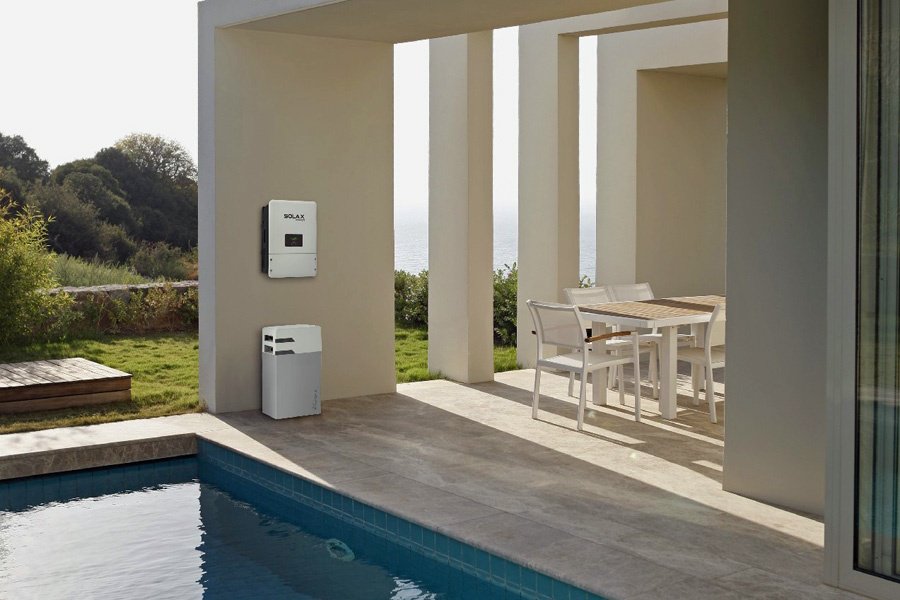Given the increasing concerns about global warming and environmental impacts of burning fossil fuels, policymakers pay more attention to energy storage solutions than ever before. Apart from having the ability to address the intermittent supply of renewable energy, energy storage assets can also offer a multitude of uses consisting of frequency regulation and ancillary service
An increasing number of countries released incentives to spur the integration of PV and storage. In China, energy storage is compulsive in many of the renewable energy projects, aiming to meet the demand of frequency regulation and grid stabilization. For markets like the US and Europe, the solar-plus-storage applications are highly recognized as ancillary services or a buffer in the large-scale solar and wind integration in the existing power system.
DC-coupled and AC-coupled solar-plus-storage solutions
The first step to any successful solar-plus-storage solutions is to figure out what requirements you need and which technologies are able to meet these requirements at the highest efficiency. The DC-coupled and AC-coupled designs are undoubtedly typical solutions.
The AC-coupled design means that an energy storage system connects to a solar system via AC side. As we know, the electricity from a solar system is generated in the form of DC which is then turned into the AC by PV inverter. The energy storage system is generally better suited to flexibly participate in a wider array of ancillary services and can be connected to the low voltage side or the high voltage side, ideal for the large-scale solar-plus-storage project.
Respectively, DC-coupled systems can have a small but significant cost advantage over AC-coupling, depending on system size and characteristics, with the primary benefits including the reduction of power conversion equipment required and the ability to recapture DC energy that would otherwise be clipped by the inverters. The pre-assembled storage interface on the PV inverter is essential, which enables an energy storage system be easily added to the existing solar system without reconstructing the entire system.
Both types can leverage the ITC (Investment Tax Credit) and benefit from shared installation and operational costs.
Industry chaos
System integration technology is critical to the stable operation of solar-plus-storage project, while there are huge challenges. Few companies have proven solar-plus-storage system integration capabilities, though many companies do well in individual fields such as PV inverters, batteries, Power Conversion System (PCS), and Energy Management System (EMS).
Given the condition that different applications put different requirements on energy storage systems, there is no unified standard for energy storage system design and cost management.
Read more: pv magazine




